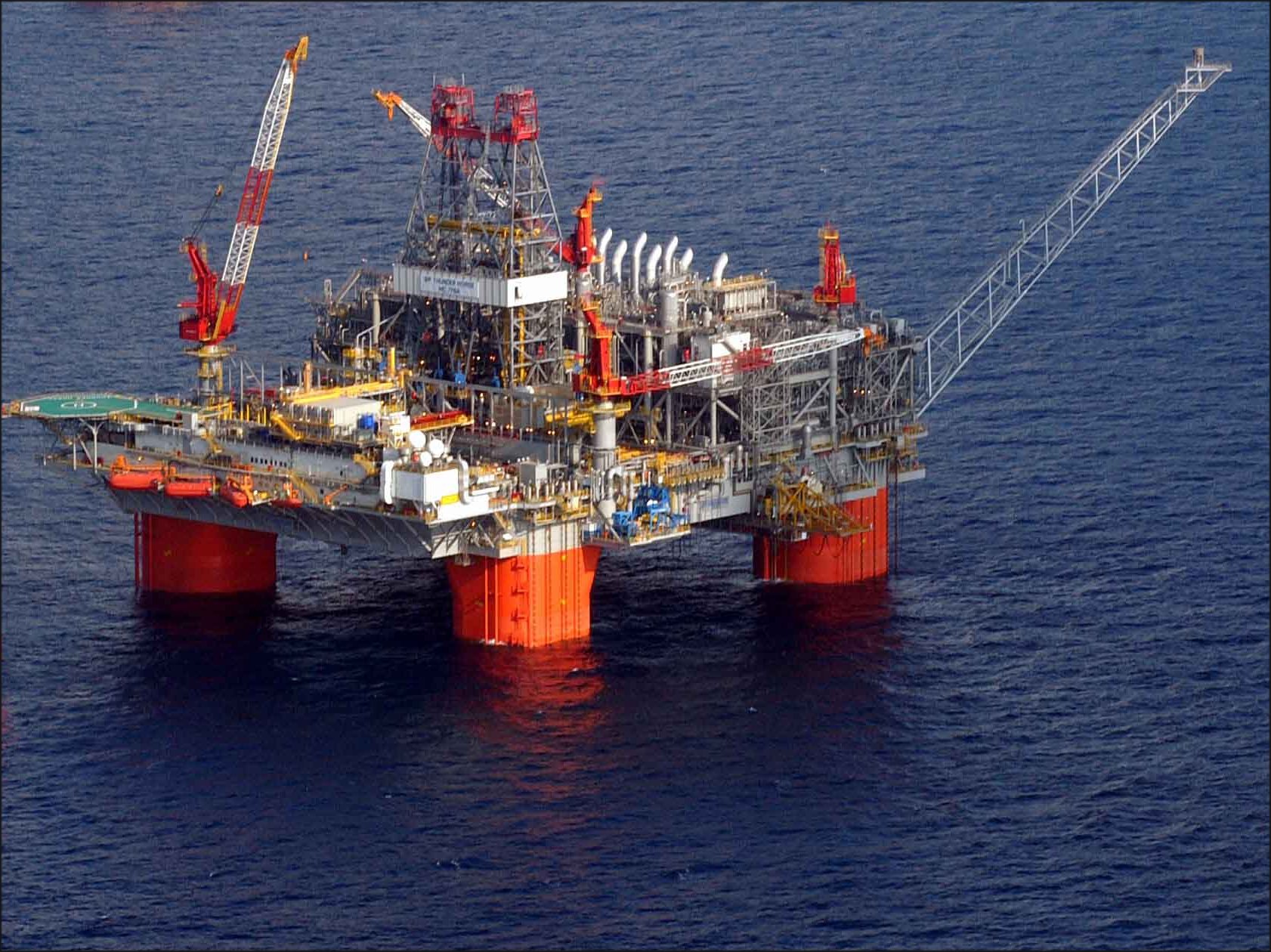Protests, Pipelines + Women: Photojournalism from Turkey and Azerbaijan

BY VISHAKHA NEGI
“This is an interesting story,” Amanda Rivkin pointed at a photo of a boat docked at a harbor at night, illuminated in a frenzy of light and working men. “This was at the end of the oil pipeline at a Turkish port, a boat full of Filipino workers sailing for Rotterdam. We asked the workers if we could hop on. As a kind of joke, they said ‘yes’. Later, once we were already at sea, the captain comes out – he’s very Greek and very displeased that we are on this boat. And we are now in international water so we don’t exactly know where to go…”
The crowd chuckled at one of Rivkin’s many interesting anecdotes. As a prominent photojournalist who has worked with National Geographic, The New York Times, TIME and other American and European publications, she focuses on the stories of Azerbaijan, Turkey and Georgia – countries along the Baku-Tbilisi-Ceyhan oil pipeline. Rivkin intrigued her audience at her talk“Protests, Pipelines + Women: Photojournalism from Turkey and Azerbaijan”, held at Luce Hall on October 1.
“There is so much oil in this area that it has, for many centuries, been used for its medicinal properties,” she said at the beginning of the presentation as she pointed at a picture of a man reclined in a tub of black gold. “This is obviously very refined oil. It’s not like sitting in a gas station.”
As she presented different photos and spun a story of three countries, the underlying social fabric – one that intertwined Slavic, Persian and Caucasian influences – became more apparent. Middle and working-class Azerbaijani villages celebrate ornate weddings, following lavish and ingrained traditions that were deeply rooted in Russian influences. The illuminated Slavic mosaics in the wedding venues, as portrayed by Rivkin’s photos, were offset by the Persian influence in the food and genetics of the people.

But lurking in the background is a foreign, almost alien culture: Rivkin’s photos show British oil company expats and the Russian elite strolling high-end shopping malls and cheering on their favorite soccer teams at swanky bars. Any confusion over existing dichotomies in Azerbaijan are cleared up – there is extreme poverty coexisting with a increasingly mobile and Westernizing upper class. To be sure, citizens living by the pipeline are (disproportionately and often unfairly) receiving compensation.
As Rivkin flips through photos of urban decay – yellowing and crumbling pieces of buildings that stand by boxy, blue cars, and cleared out working-class communities – she speaks of evictions and wrongful imprisonments of citizens that either “get in the way of ‘progress’” or explicitly speak out against it.
The walls of factories and government buildings are graced with photos of the prime minister and his deceased father – a man who, according to Rivkin, has been glorified by a “cult of personality”. He has been raised to an almost God-like position.
Though they mean to convey the underlying corruption and decay, Rivkin’s photos often highlight the uplifting parts of Azerbaijani culture. Peacock feather-colored dresses and hijabs, sometimes accompanied with more Westernized leather jackets, grace the streets of Baku. As she moves on to her photos of Azerbaijani women, Rivkin captures their smiles, even in the face of a modern and contradictory culture that often oppresses them. The beauty of not just the women, but also the individuals and their faith is a common theme.
Rivkin transitions into pictures of Georgia, of individuals living along the pipeline with unfair compensation, she captures her journey by car, swathed by a hazy but welcoming sunrise. Pictures of houses with gray and cracked interiors emphasize the helplessness of citizens whose homes sit atop soft soil. Pipeline blasts have exaggerated the problems previously caused to a lesser extent by earthquakes.
In Georgia, the photos start to capture a culture heavily influenced by Orthodox Christianity as well as Islam: as colorful headdresses and hopeful hands appear in the soft glow of candlelight, during services for those lost in recent earthquakes, Byzantine architecture and the famed patterned fabrics of Islamic cultures come together.
Though Azerbaijan and Georgia seem countries haunted by a simple heaviness, seemingly one perpetrated by the greed of others, Turkey’s bold colors and loudness overpower in Rivkin’s photos: tear gas, festivals, loud concerts, football (soccer) fans, and a jarring divide between the modernizing and the conservative.
“The prime minister was going around in his campaign bus,” Rivkin pointed to a photo taken during Ramadan, “and was throwing pamphlets and roses. And I crouched down to take a picture. And as I did this, he threw out a book, which hit me square in the head.”
The pipeline, in Turkey, runs between Anatolia (which is heavily Christian) and Kurdish communities. While the former is influenced by this development, the latter remains relatively isolated, but still prays for solidarity with Anatolians adversely affected by this pipeline. Developments from the West of this sort, it seems, brings different groups together in times of need.
The pipeline, which starts from Azerbaijan, ends in Turkey as Rivkin shared her story with the dock workers. As everything comes back full circle, it remains to be seen how this area of the Caucuses, often regarded as a cradle of civilization, will progress or even fight back.
Vishakha Negi is a freshman in Morse college. Contact her at vishakha.negi@yale.edu.